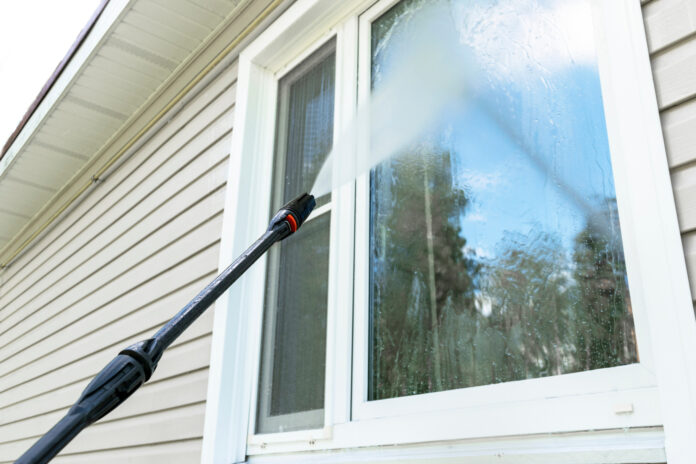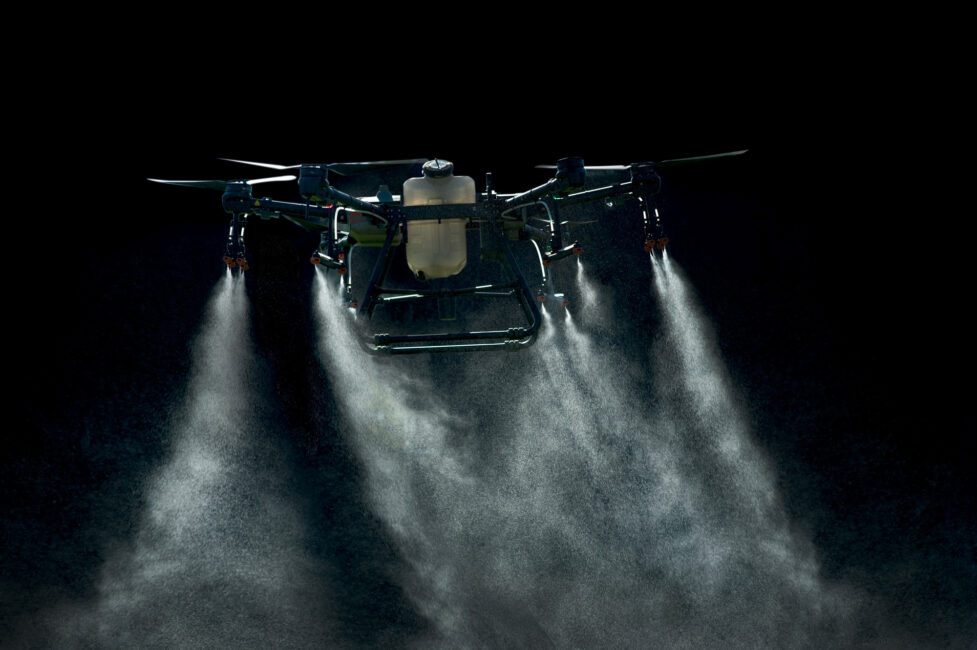Keeping windows spotless has long been challenging, particularly for tall buildings and skyscrapers. Over the years, innovative minds have worked tirelessly to develop technologies that make the task more efficient and convenient.
This article explores the top eight window cleaning technologies to watch out for. These cutting-edge solutions promise to revolutionize the industry and ensure a safer and more efficient cleaning experience.
1. Drones
One of the most exciting advancements in window-cleaning technology is drones. These aerial vehicles have become increasingly sophisticated and can now be used for various applications, including window cleaning.
With advanced camera systems, sensors, and specialized cleaning tools, drones can precisely clean windows on tall buildings and skyscrapers. To learn more about how drones are revolutionizing the window cleaning industry, explore the various features and benefits they offer and their potential for improving safety and efficiency in this field.
Moreover, drones eliminate the need for workers to be suspended from great heights, reducing the risk of accidents and injuries. It also translates into lower insurance costs for businesses that employ these devices.
2. Robotic Window Cleaners
Moving on from drones, robotic window cleaners have also significantly impacted the industry. These automated devices can navigate the surface of windows using suction technology or magnets, ensuring a thorough cleaning process. Robotic window cleaners are equipped with smart sensors that help them avoid obstacles and cover the entire glass surface area.
These devices save time and reduce the risk of accidents and use less water and chemicals, making them an environmentally friendly option. As technology advances, robotic window cleaners are anticipated to become more affordable and accessible to more users.
3. High-Pressure Water Cleaning
High-pressure water cleaning is a powerful and versatile technology used to clean windows effectively. This method involves high-pressure water spray to remove dirt, grime, and debris from glass panels. You can adjust the water pressure to suit different types of surfaces and levels of dirt, ensuring optimal cleaning results.
One of the benefits of high-pressure water cleaning is that it uses water alone, without the need for chemicals or detergents, helping prevent water pollution. Moreover, it is a fast and efficient method that can save time and labor compared to traditional cleaning techniques.
4. Self-Cleaning Glass
Innovations in glass manufacturing have led to the development of self-cleaning glass, a game-changing solution for keeping windows spotless. This type of glass is coated with a thin layer of titanium dioxide, which reacts with sunlight to break down dirt and organic material on the surface. The rain washes away broken-down particles, leaving the glass clean and streak-free.
The primary advantage of self-cleaning glass is that it significantly reduces the need for manual cleaning, saving both time and money. This technology has been gaining popularity, particularly in commercial buildings and skyscrapers, where cleaning windows can be complex and costly.
5. Nano-Coatings
Another exciting development in window cleaning technology is the use of nano-coatings. These coatings, made from tiny particles, can be applied to glass surfaces to make them more resistant to dirt, dust, and water. As a result, windows treated with nano-coatings require less frequent cleaning and are easier to maintain.
Nano-coatings also have the added benefit of improving energy efficiency. The coatings can help to regulate the temperature inside a building by reflecting heat during the summer months and retaining it during the winter. As a result, they not only contribute to cleaner windows but also help to reduce energy costs.
6. Water-Fed Pole Systems
Water-fed pole systems have become increasingly popular, offering a safer and more efficient window cleaning method. These systems use telescopic poles extending to several stories, with a brush and water jets at the end. The water used in these systems is purified, ensuring that it leaves no residue or streaks on the glass.
The main advantage of water-fed pole systems is that they eliminate the need for ladders, scaffolding, or other equipment that can pose safety risks. Additionally, they are less labor-intensive and allow faster cleaning times, making them an attractive option for residential and commercial window cleaning.
7. Magnetic Window Cleaners
Magnetic window cleaners offer a unique solution for cleaning windows, particularly those that are hard to reach or located on higher floors. These devices consist of two magnetic components connected by a safety cord, one placed on the inside of the glass and the other on the outside. The magnets hold the two parts together, allowing the user to simultaneously clean both sides of the window.
The primary advantage of magnetic window cleaners is that they provide a safer alternative to climbing ladders or scaffolding, as the user can clean windows from inside the building.
8. Smart Sprinkler Systems
Smart sprinkler systems are an emerging technology used to clean windows on large buildings and skyscrapers. These systems are designed to spray water onto the glass at specified intervals, helping to keep windows clean and free from dirt and debris.
The main advantage of smart sprinkler systems is that they can be programmed to clean windows during off-peak hours, reducing disruption to occupants and minimizing water waste. Additionally, they offer a safer and more efficient alternative to manual cleaning methods, particularly for buildings with hard-to-reach windows.
Conclusion
Numerous innovative window-cleaning technologies available today promise to revolutionize the industry. These cutting-edge solutions offer safer, more efficient, and eco-friendly alternatives to traditional cleaning methods, making them indispensable for residential and commercial window cleaning.























